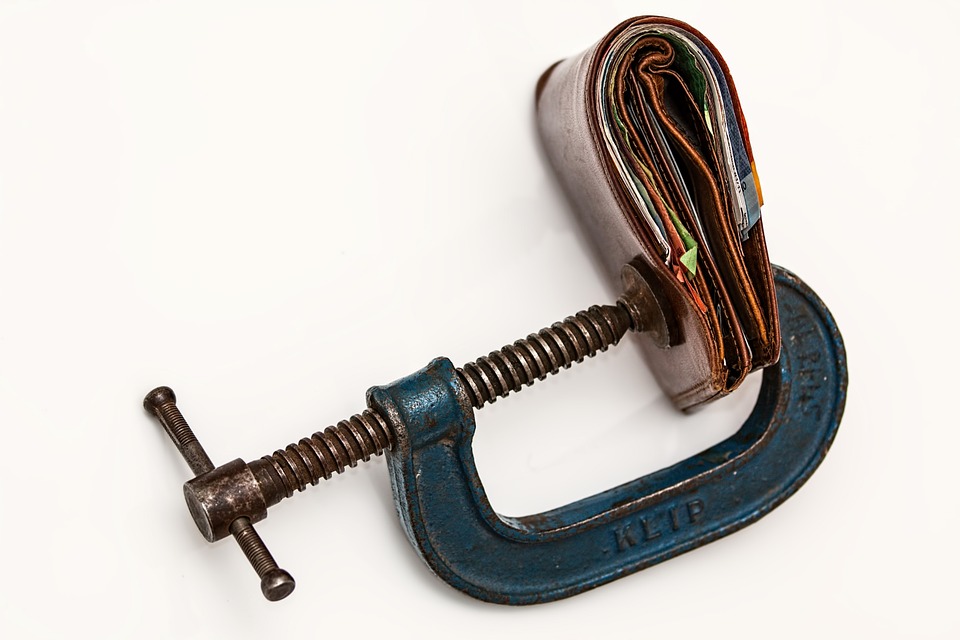A step-by-step guide to building your credit score
 Bad credit is the biggest nightmare for someone looking to buy a home. Almost one-third of Americans have a credit score lower than 601, a threshold where things start to get murky. You won’t be able to secure a mortgage if you have a low credit score (less than 600) and even if your mortgage application is approved, you will not get the best interest rate deal and will end up paying additional costs.
Bad credit is the biggest nightmare for someone looking to buy a home. Almost one-third of Americans have a credit score lower than 601, a threshold where things start to get murky. You won’t be able to secure a mortgage if you have a low credit score (less than 600) and even if your mortgage application is approved, you will not get the best interest rate deal and will end up paying additional costs.
In order to finance a home deal with a mortgage, you will need a good credit score. If your credit is not good enough, you will have to build it step-by-step. It’s a lot like losing weight. You can’t do it overnight.
Following are the steps you need to take to repair your credit:
Identify the problem areas
There are five things that go into determining the credit score:
- Your payment history
- Credit utilization or the ratio of loan to your income
- The length of your credit history. For example, if you never took out any loan or had credit card and you apply for a mortgage, your application will be affected by the short length of your credit history.
- What types of credit you have.
- And finally, the number of credit inquiries you make. If you apply for car loan, a mortgage and credit card at a time, the number of enquiries will affect your credit worthiness.
A foreclosure, short-sale and bankruptcy will remain on your credit report for up to seven years (10 years in some cases).
So first of all, you need to identify why you have a low credit score and then start looking for a solution accordingly.
You can get free copies of your credit reports once a year under the Fair Credit Reporting Act from any of the major credit reporting agencies. Since each report may contain different data that could impact your credit scores, you should order a copy from each one of them. You can check your credit score for free on credit.com every few weeks.
File a dispute if there are any inaccuracies
You can file a dispute if you find any inaccuracy on your report. Credit rating agencies make mistakes all the time. According to studies, almost 79% of people who dispute an error on their credit reports have that error removed.
Start taking care of your credit history
As soon as you know why you have a low credit score, you should start with building a positive credit history.
For example, if you have been denied for a home loan due to your poor credit history, you should try to open a new line of credit like a credit card or a secured credit card. These cards are for people affected by credit problems. These cards require a deposit that generally will serve as your credit limit for the account. If you don’t pay your bills, the card company can then withdraw money from that deposit.
Credit card can help you build your credit score in many ways. For example you should try to limit its use as much as possible, but always try to pursue your card issuer to increase your limit. You can also convince a relative or friend to add you to his or her existing credit card account. Keep in mind, don’t buy more than you can afford and don’t leave your co-signer hanging when the bill is due. You shouldn’t close any existing cards.
The next step to take is to pay off your debts instead of repurposing them to decrease monthly payments.
You should also take out small amounts of credit (only if you can afford it) and make payments on time to give a moderate boost your credit score.
You should also pay your bills on time.
Most importantly, don’t give up if you don’t get desired results in the short term! If you build good habits over time, you’ll fix your credit and maintain good scores in the long-term